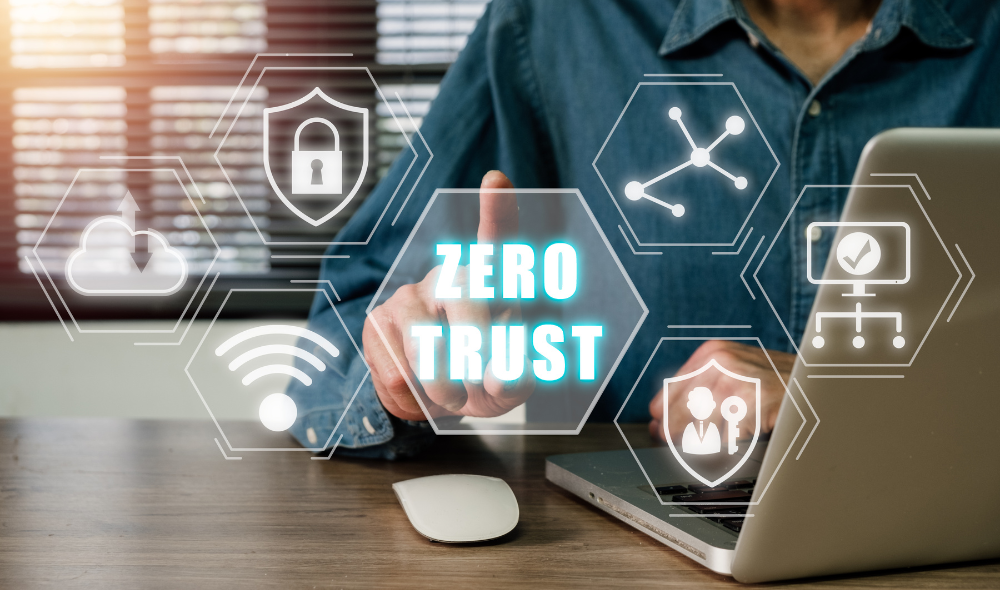Cybersecurity is no longer about “locked doors” and “high walls.” In a world where data travels across the cloud, mobile devices, remote work, and distributed applications, traditional defense models are no longer enough. This is where the Zero Trust philosophy comes into play, a modern approach that is revolutionizing the way companies and organizations protect their systems.
What is the Zero Trust model
The concept of Zero Trust is based on a very simple principle: never trust, always verify. Unlike traditional security models, which often consider users and devices within the corporate network as trustworthy, Zero Trust eliminates the very idea of a “safe zone.”
Every access request—whether from an employee in the office, a remote collaborator, or an external application—must be constantly verified, monitored, and authorized.
In practice, no matter where the request comes from, Zero Trust treats every connection as potentially risky.
The three pillars of Zero Trust
For Zero Trust to work effectively, it relies on three key principles:
- Continuous identity verification
Entering a username and password once is not enough. Authentication is continuous and often supported by multi-factor authentication (MFA) or biometrics. - Least privilege access
Users and devices are granted only the permissions strictly necessary to perform their tasks. This minimizes potential damage in case of a breach. - Constant monitoring
Every activity is logged and analyzed to detect anomalies and potential threats in real time.
Why Zero Trust is increasingly important
In recent years, cyberattacks have become more sophisticated and targeted. Cybercriminals are no longer just looking for vulnerabilities from the outside—they increasingly aim to steal credentials and move undetected within a network.
The traditional “perimeter-based” security model—based on the idea that once inside the network everything is safe—no longer holds up. Just one weak point, such as a compromised password, can put the entire company at risk.
With Zero Trust, however, every step is checked. This drastically reduces the chances of an attack spreading unnoticed.
How to implement Zero Trust in your company
Adopting Zero Trust doesn’t mean overhauling everything overnight. Instead, it’s a gradual process that may include:
- Implementing multi-factor authentication.
- Segmenting the network to limit internal movement.
- Advanced monitoring with AI and machine learning systems.
- Regularly reviewing the permissions granted to users and devices.
Each company can tailor the model to its needs, starting with small steps and gradually evolving toward full protection.
Conclusion
Zero Trust is not just a new technology but a true mindset shift: stop giving unconditional trust and start verifying every interaction.
In an era of remote work, cloud systems, and increasingly intelligent threats, adopting this approach means ensuring not only stronger security but also greater resilience for the future.







